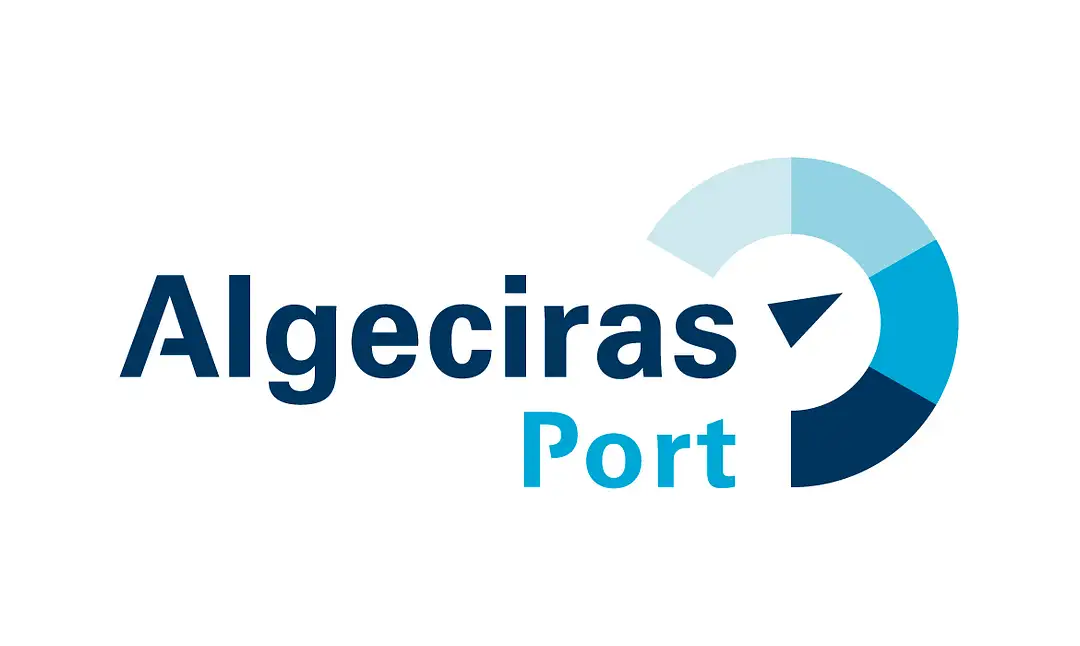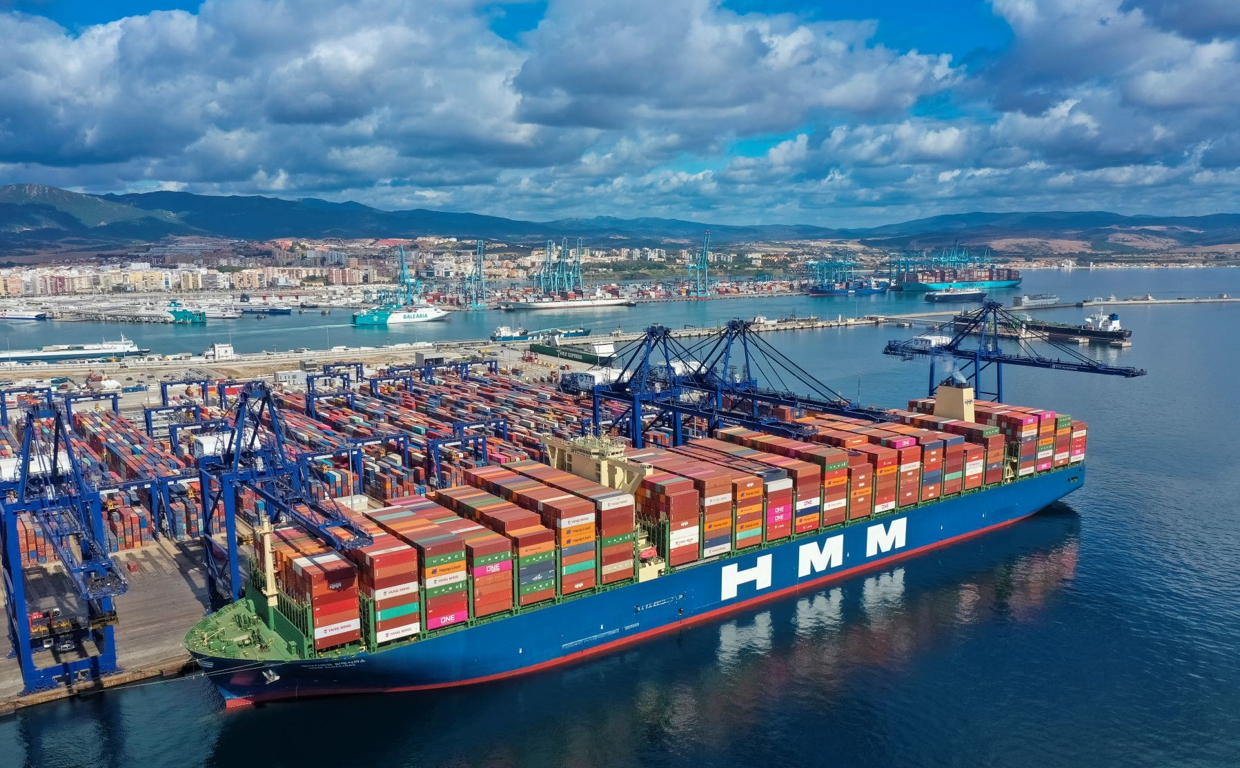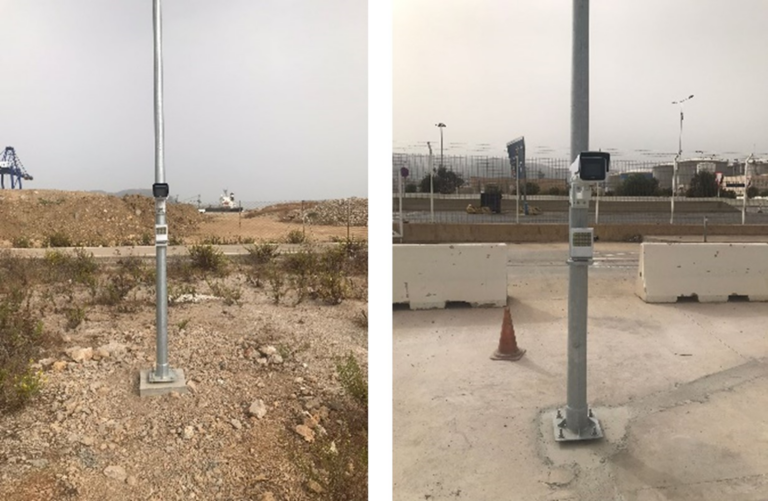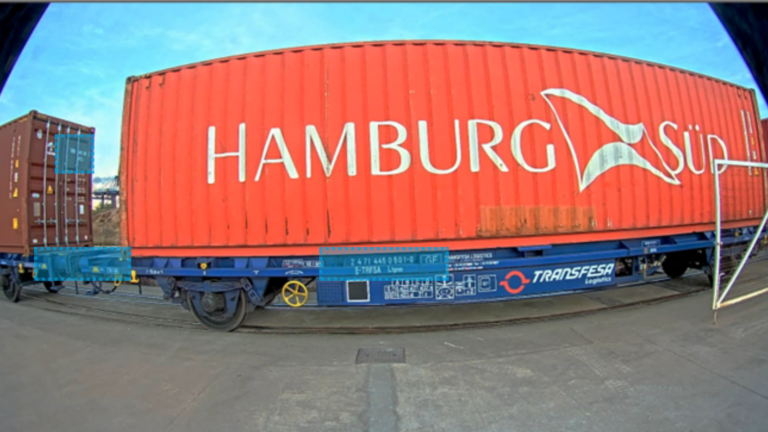SUCCESS CASE:
PORT OF ALGECIRAS
Real Time Monitoring of Vehicle And Container Traffic

"The traceability and control of goods and the different means of transport are key to ensure the operational excellence of the Port of Algeciras. Allread's solution allows very accurate data to be obtained with very reasonable infrastructure requirements. "
Jesus Medina Blanco, Chief Information & Innovation Officer at Algeciras Port Authority
About APBA
The Port Authority of the Bay of Algeciras (APBA) manages the ports of Bahía de Algeciras and Tarifa. It is the main port in Spain in terms of traffic volume -according to data for the year 2021-, and the fourth in Europe. It also has a high degree of adoption of cutting-edge technologies, being also a promoter of innovative solutions for the port sector through its “Algeciras BrainPort 2020″ program, created with the aim of generating knowledge and new technologies to optimize and improve the competitiveness of the Port of Algeciras Bay.

The Challenge:
The port of Algeciras, due to its size and strategic location, handles a high flow of vehicles with various origins and destinations, including the Maghreb, which creates a challenging environment for the identification of vehicles and goods. In particular, the port faced significant challenges in tracking trailers and vehicles. Existing OCR solutions had problems with reading damaged or difficult-to-interpret codes, which affected operational efficiency.
APBA’s requirements for the new OCR system:
- Correct identification of 97%+ of the maritime containers and licence plates of both European and Moroccan light and heavy vehicles; as well as railway platforms and wagons.
- Lightweight hardware and easy-to-install solution, suitable for the numerous control points at the port.
- Delivery of real-time readings.
The Solution: High Accuracy and Deep Learning
Faced with this challenge, APBA found in AllRead an innovative and robust solution. The collaboration began in 2020, with the development of a proof of concept (PoC) aimed at improving traceability by using a single camera to detect and digitise information of interest, exceeding expectations and handling readings at difficult angles and damaged codes. All this was done without affecting circulation or requiring new infrastructures such as the usual ones consisting of a galvanized steel portal, between 4 and 8 cameras, LED lighting panels, inductive triggering sensors, etc. All of which entail considerably high installation and maintenance costs. In this way, AllRead was able to meet the port’s expectations of increasing the level of precision while maintaining agility in the installation.
Aplication:
Initial success led to the extension of the collaboration under the Ports 4.0 programme with the “Disrupting Port OCR” project, improving the traceability of containers and wagons at previously unmonitored rail access points. AllRead’s technology dramatically improved the speed and accuracy of intermodal asset identification and traceability, even in challenging conditions such as partial occlusion, rain and dirt. The solution demonstrated its ability to adapt and scale to other access points in the port, creating an automatic train map in approximately 20 minutes after the entire train and container composition had passed through.

Actual Implementation
With the positive results obtained in the initial tests, the APBA has decided to expand the implementation of this solution to 24 control points of the port, both road and rail. This expansion represents a high percentage of the port’s accesses and vehicle traffic volume, fully integrating with the APBA’s Corporate Platform for Systems Integration (PCIS), guaranteeing a seamless data flow and optimal operational compatibility.
Accesses monitored with the AllRead software include vehicle and goods entries and exits at the port’s North and South Access (11 checkpoints), accesses to embarkation and disembarkation areas for Ceuta and Tangier (4 checkpoints) and train entry and exit at the Isla Verde rail-port terminal (2 checkpoints). The system is already in production at 8 control points and 16 are on the way until the first quarter of 2025.

The Result: High accuracy and low installation cost
Accuracy of readings
This is the heading
Real time Data
This is the heading
Multiple detection
This is the heading
Complete Integration
Thanks to AllRead’s artificial vision solution, the APBA extends the real-time monitoring of the control points of the port area, allowing automatic and continuous supervision of traffic without interruptions in the flow of vehicles and goods. Through:
- Improve transit monitoring at its checkpoints, especially for trailers and Moroccan codes.
- Detect and read multiple objects with a single camera.
- Reduce the need for hardware.
- Optimise traceability in unmonitored lanes, including low vehicle flow lanes and railway tracks.